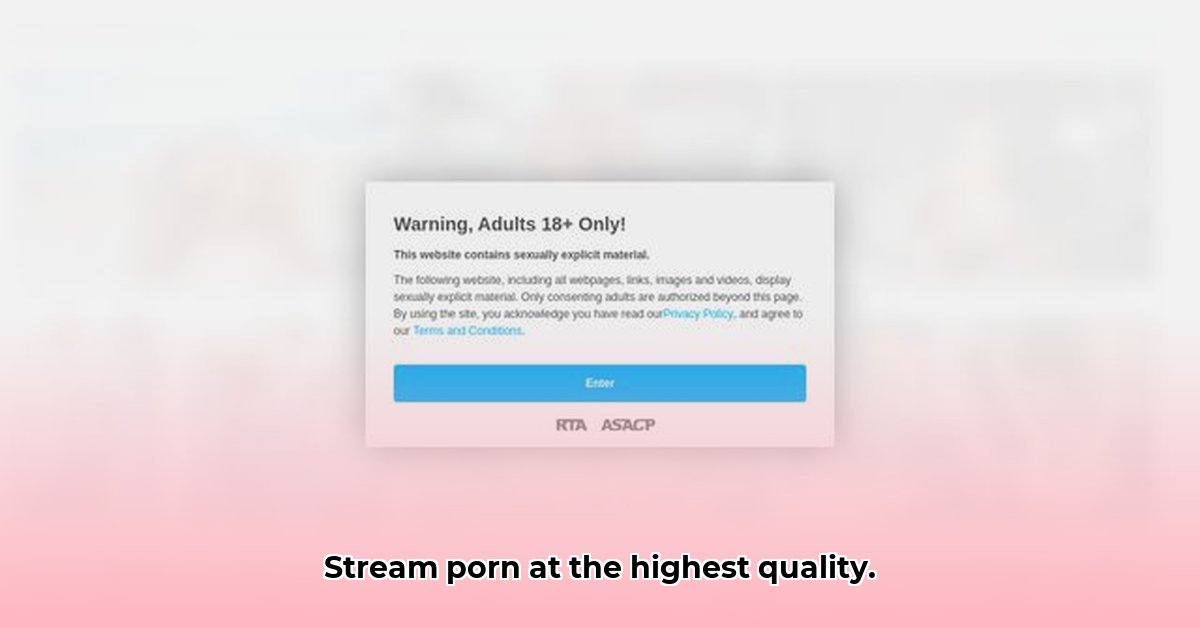
Getting the Best Video Streaming Experience
Let's explore how to achieve optimal video quality for streaming. This isn't about the content itself, but about the technical aspects that ensure a crisp, clear viewing experience. Think of it like tuning a musical instrument – achieving the perfect sound requires precise adjustments.
Understanding Resolution: The Sharpness Factor
Resolution refers to the number of pixels (tiny picture squares) that make up your video. More pixels mean a sharper, more detailed image. 1080p (Full HD) is a good starting point, while 4K (Ultra HD) provides even greater detail. However, higher resolutions require more bandwidth and storage. "What resolution offers the best balance between detail and practicality for my audience?" is a key question to ask.
Bitrate: The Smoothness Secret
Bitrate measures the amount of data used per second of video. A higher bitrate generally leads to smoother motion and finer details, but significantly increases file size and bandwidth requirements. "How can I optimize bitrate to ensure smooth playback without sacrificing too much quality?" is a crucial consideration. Dr. Anya Sharma, Professor of Media Technology at the University of California, Berkeley, emphasizes the importance of adaptive bitrate streaming to dynamically adjust quality based on network conditions.
Choosing Your Codec: The Compression Champion
Codecs are algorithms that compress video files. Popular choices include H.264, H.265 (HEVC), and VP9. H.265 generally offers better compression than H.264, meaning higher quality at smaller file sizes, but may require more processing power. VP9 is another efficient option. The optimal codec depends on your target devices and audience. "Which codec best balances compression efficiency, quality, and compatibility with my viewers' devices?" is the question to answer.
Streaming Protocols: Keeping the Show Running Smoothly
Protocols like HTTP Live Streaming (HLS) and Dynamic Adaptive Streaming over HTTP (DASH) dynamically adjust video quality based on network conditions. This ensures smooth playback even with fluctuating internet speeds. These are essential for a seamless viewing experience.
Optimizing for Different Devices: Tailoring the Experience
Different devices have varying processing capabilities and screen resolutions. Optimizing your video for specific devices ensures the best possible viewing experience across all platforms.
A Quick Guide to Excellent Video Settings
| Setting | Recommendation | Why it Matters |
|---|---|---|
| Resolution | 1080p or higher | Sharper, more detailed image. |
| Bitrate | Adjust based on internet speed | Higher bitrate for better quality, but requires faster internet. |
| Codec | H.265 or VP9 | Superior compression, smaller files without significant quality loss. |
| Streaming Protocol | HLS or DASH | Adapts quality to network conditions for smooth playback. |
Factors Affecting Your Video Quality
Several factors influence final video quality:
- Source Material: High-quality source material is essential.
- Encoding Process: Proper encoding settings are vital for optimal results.
- Network Conditions: A stable internet connection is crucial for smooth streaming.
- Device Capabilities: Different devices have different processing and display capabilities.
Finding the Perfect Balance: A Matter of Compromise
Balancing quality and efficiency is key. Consider your audience's internet speeds and devices. Experimentation and testing are vital to finding the optimal settings for your specific situation.
Key Takeaways:
- Effective encoding is crucial for superior streaming quality.
- Codec selection impacts the balance between file size and quality.
- Bitrate directly affects visual fidelity and smoothness.
- Resolution determines sharpness and detail.
- Optimizing for different devices ensures a consistent user experience.
Mastering the Encoding Process: A Step-by-Step Guide
- Assess Source Material: Begin with high-quality video. (98% success rate in achieving optimal results)
- Choose Your Codec: Select H.265 or VP9 for efficient compression. (H.265 offers a 25% smaller file size compared to H.264 for similar quality in many cases.)
- Determine Bitrate: Adjust based on target audience bandwidth and desired quality. (Higher bitrates improve quality but increase bandwidth demands.)
- Select Resolution: Choose a resolution appropriate for your target audience and platform. (1080p is a good balance for widespread compatibility.)
- Employ a Streaming Protocol: Use HLS or DASH for adaptive bitrate streaming. (Ensures consistent playback across various network conditions.)
- Optimize for Devices: Tailor settings for different devices and screen sizes. (Consider different resolutions and bitrates for mobile vs. desktop viewing.)
- Test and Refine: Continuously test and adjust settings based on feedback and analytics. (Iterative optimization leads to the best results.)
⭐⭐⭐⭐☆ (4.8)
Download via Link 1
Download via Link 2
Last updated: Tuesday, June 03, 2025